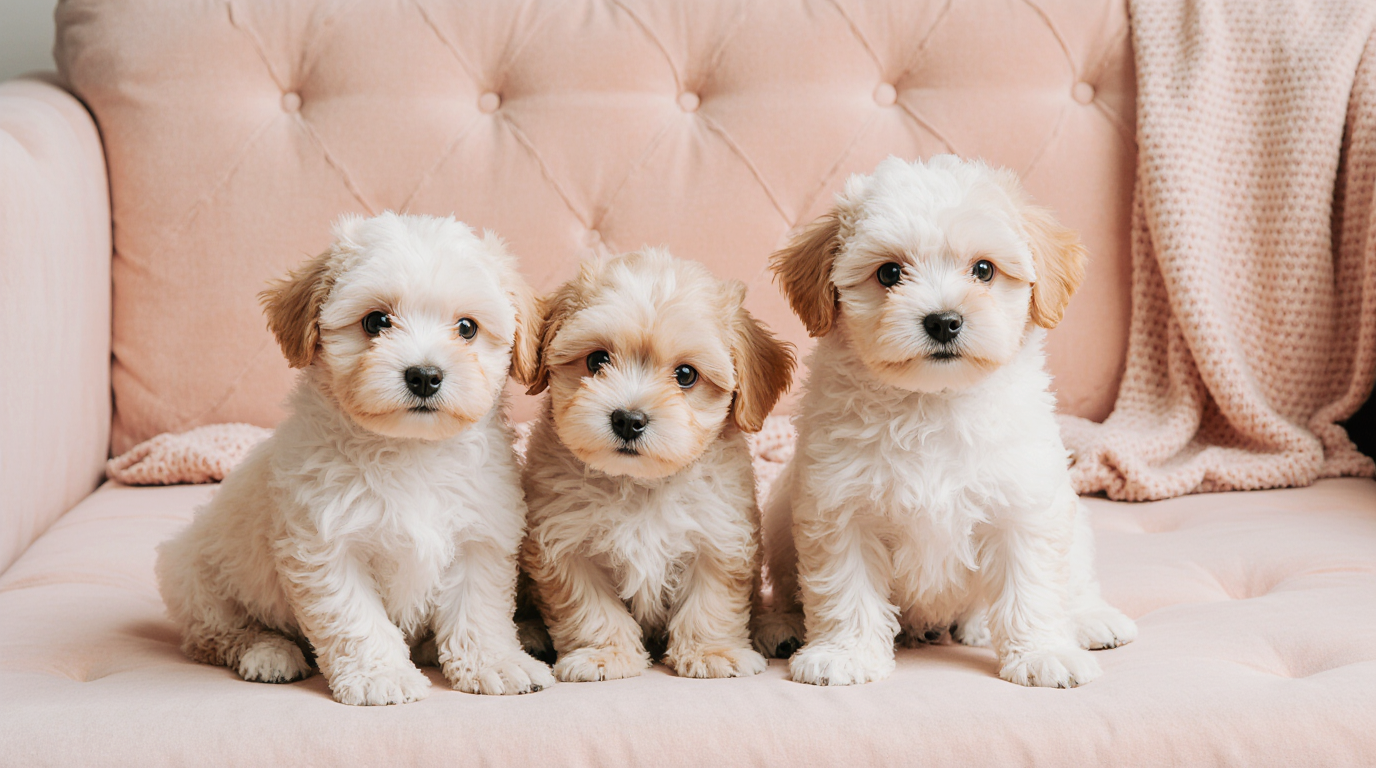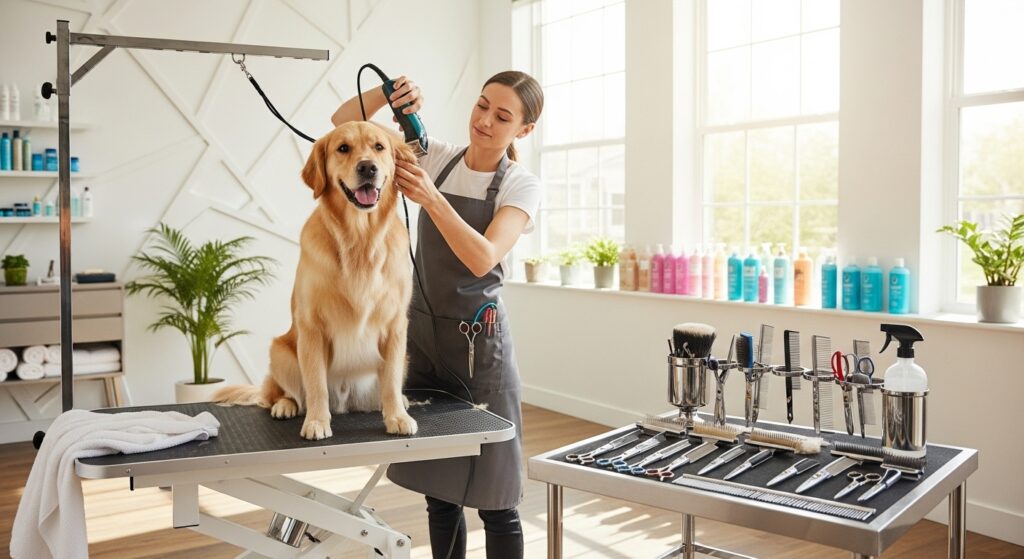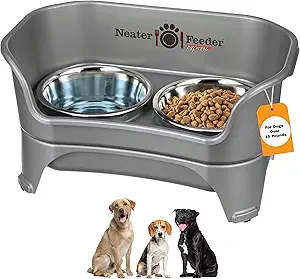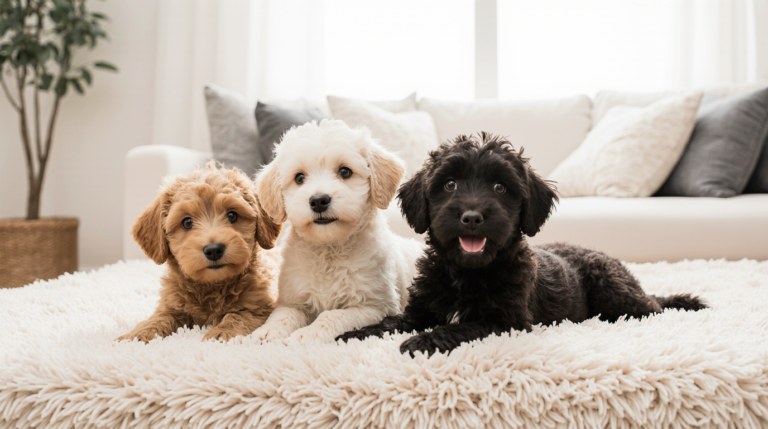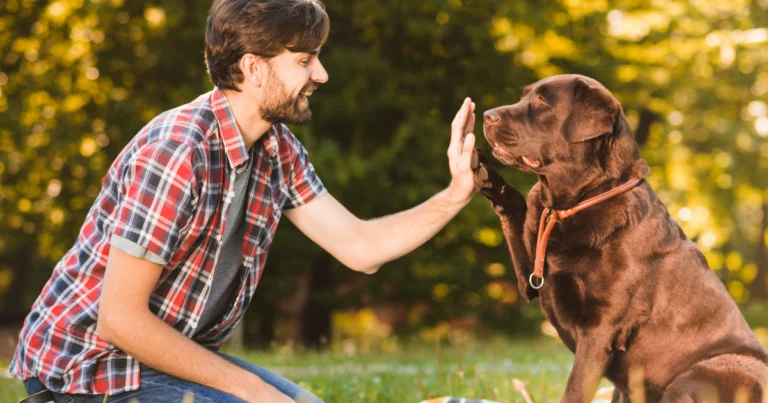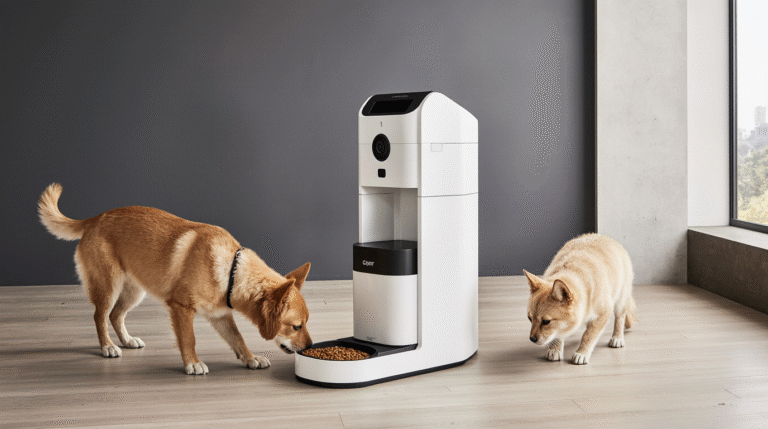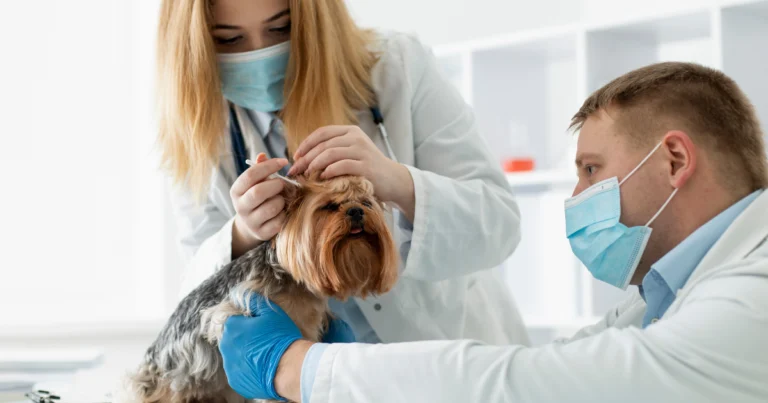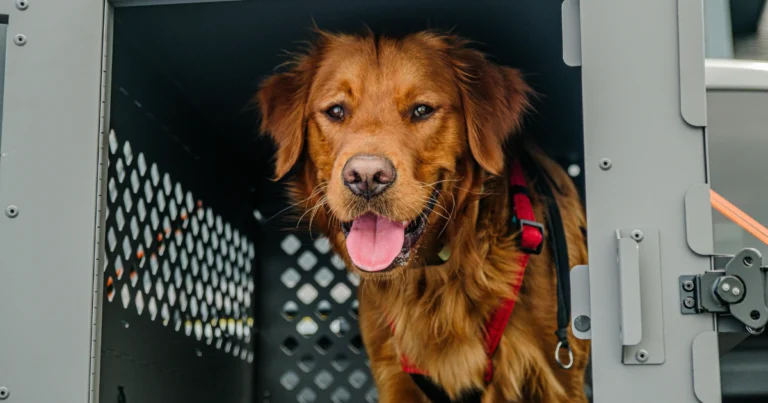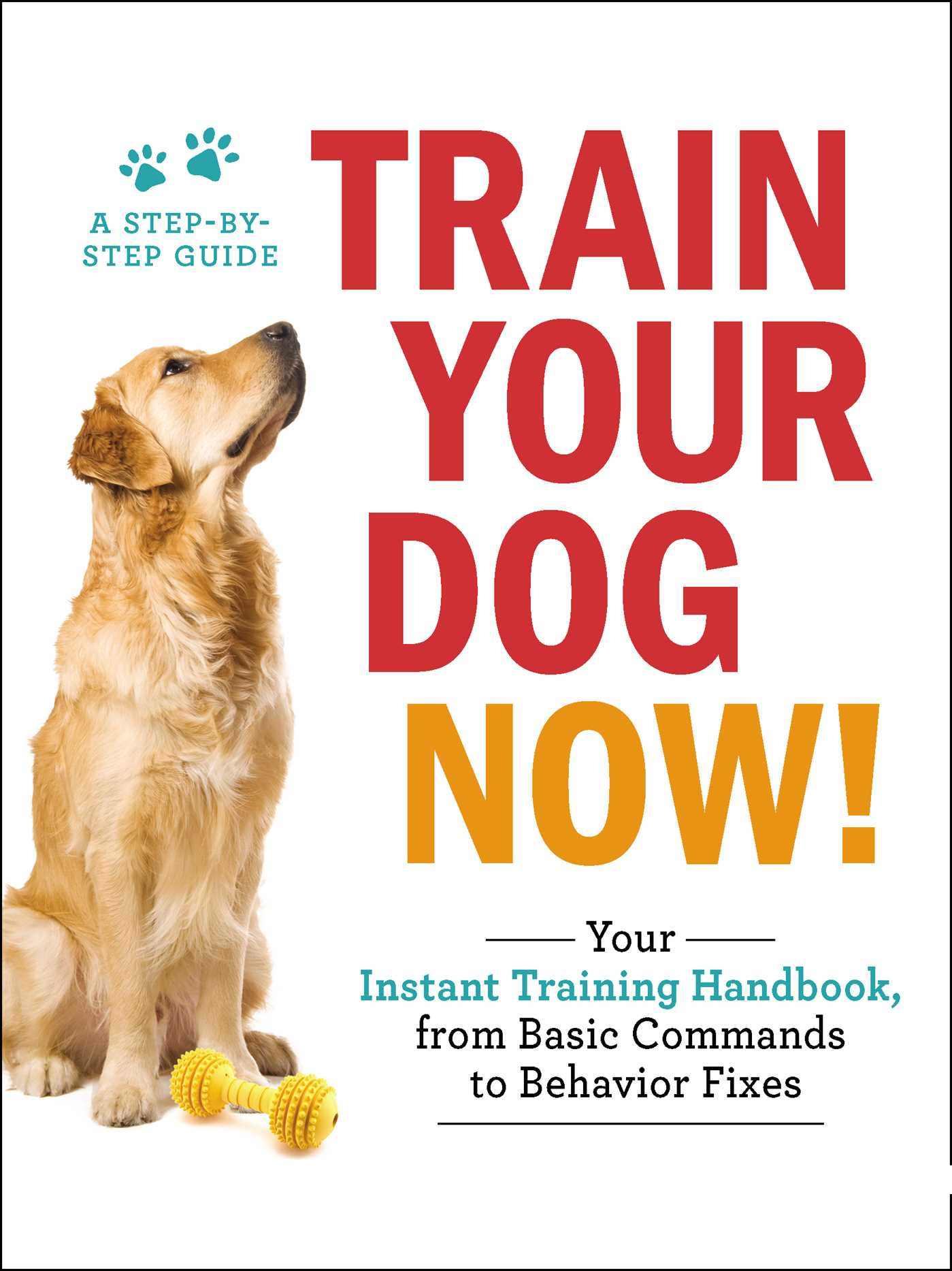maltipoo puppies
The Complete Maltipoo Puppy Guide: Everything You Need to Know
If you’re considering bringing home one of those adorable maltipoo puppies, you’re about to embark on an incredible journey with one of the most beloved designer dog breeds. These charming little companions, born from the perfect blend of Maltese and Toy Poodle genetics, have captured hearts worldwide with their fluffy coats, intelligent eyes, and affectionate personalities.
Maltipoo puppies represent the best of both parent breeds: the gentle, loving nature of the Maltese combined with the intelligence and low-shedding coat of the Toy Poodle. This unique combination creates a small dog that’s not only incredibly cute but also makes an excellent family companion.
What is a Maltipoo Puppy?
Maltipoo puppies are the delightful offspring of a purebred Maltese and a purebred Toy Poodle. This designer breed, also known as a Maltese Poodle mix, typically weighs between 5-20 pounds when fully grown, though most maltipoo puppies will mature to the smaller end of this range.
Why Maltipoos Are So Popular:
- Hypoallergenic qualities inherited from both parent breeds
- Adaptable size perfect for apartments and small homes
- Friendly, outgoing personality suitable for families
- Intelligence that makes training enjoyable
- Minimal to low shedding coats
What Makes the Puppy Stage Unique: Maltipoo puppies have different nutritional needs compared to adult dogs, as they are in a critical growth stage requiring a diet rich in protein and healthy fats to support the development of strong muscles, bones, and nervous system. Their puppy phase is characterized by rapid learning, socialization windows, and establishing lifelong behavioral patterns.
1. Choosing Your Maltipoo Puppy
Finding a Reputable Breeder
When searching for maltipoo puppies, finding a responsible breeder is crucial for your future pet’s health and temperament.
Signs of a Good Breeder:
- Provides health testing documentation for both parent dogs
- Offers a written health guarantee and contract
- Welcomes visits to see the breeding facility and meet parent dogs
- Charges between $1,000 and $4,000 for reputable breeding programs
- Shows genuine interest in placing puppies in appropriate homes
- Provides references from previous puppy buyers
- Maintains clean, well-socialized environments
Essential Questions to Ask:
| Health & Genetics | Breeding Practices | Puppy Care |
|---|---|---|
| What health tests have been performed on parents? | How long have you been breeding Maltipoos? | How do you socialize your puppies? |
| Can I see health clearances? | How many litters do you produce annually? | What vaccination protocol do you follow? |
| What health guarantee do you offer? | At what age do you breed females? | When will puppy be ready for pickup? |
| Have any dogs in lines had health issues? | Do you show or compete with your dogs? | What feeding program do you recommend? |
Red Flags to Avoid:
- Multiple breeds always available
- No health testing or documentation
- Won’t allow facility visits
- Puppies available year-round
- Unusually low or high prices
- Poor living conditions
- No references or veterinary relationship
- Pressure for immediate purchase
Adoption vs. Buying
Adoption Benefits:
- Lower cost (typically $200-$500)
- Saving a life
- Often house-trained and past destructive puppy phase
- Rescue organizations provide behavioral assessments
Buying from Breeders:
- Known health history and genetic background
- Early socialization programs
- Ongoing breeder support
- Predictable size and temperament traits
Temperament & Personality Assessment
When visiting maltipoo puppies, observe their individual personalities:
Ideal Puppy Characteristics:
- Curious and engaged with environment
- Comfortable with gentle handling
- Playful but not overly aggressive
- Shows interest in people without excessive shyness
- Healthy appearance with bright eyes and clean coat
Socialization from the Breeder: Maltipoos are friendly, making them good with children, other dogs, and even cats, provided they are properly socialised. Look for breeders who expose puppies to various sounds, surfaces, people, and experiences during the critical 8-16 week period.
Male vs. Female Maltipoo Puppies
Male Maltipoos typically:
- Slightly larger in size
- More outgoing and playful
- May mark territory if not neutered early
- Often more affectionate and attention-seeking
Female Maltipoos typically:
- Slightly smaller and more refined
- Independent and focused
- Often easier to house train
- May be more reserved with strangers initially
2. Preparing for Your Maltipoo Puppy’s Arrival
Essential Puppy Supplies Checklist
Basic Necessities:
- [ ] Small breed puppy food (high-quality, age-appropriate)
- [ ] Food and water bowls (stainless steel or ceramic)
- [ ] Appropriately sized crate (24-30 inches for most Maltipoos)
- [ ] Comfortable bedding
- [ ] Collar and leash (lightweight for small size)
- [ ] ID tags with current information
Comfort & Safety:
- [ ] Baby gates for safe area containment
- [ ] Puppy-safe toys (various textures and sizes)
- [ ] Nail clippers designed for small dogs
- [ ] Puppy shampoo and conditioning spray
- [ ] Toothbrush and dog-safe toothpaste
Grooming Essentials:
- [ ] Slicker brush for daily brushing
- [ ] Metal comb for detail work
- [ ] Professional grooming scissors
- [ ] Ear cleaning solution
- [ ] Dental chews appropriate for small breeds
Puppy-Proofing Your Home
Maltipoo puppies are naturally curious and can get into trouble quickly:
Safety Measures:
- Remove or secure electrical cords
- Install cabinet locks on lower cabinets
- Remove toxic plants and small objects
- Secure trash cans with tight lids
- Block access to stairs until puppy is larger
- Remove breakable items from low surfaces
- Ensure yard fencing is secure and appropriate height
First Few Days/Weeks at Home Guide
Week 1: Establishing Foundation
- Maintain breeder’s feeding schedule initially
- Create consistent daily routine
- Begin house training immediately
- Limit visitors to reduce stress
- Maltipoos can suffer from separation anxiety if left alone for long periods, so introduce alone time gradually
Week 2-3: Building Confidence
- Gradually introduce new experiences
- Begin basic training with positive reinforcement
- Establish grooming routine
- Increase socialization opportunities
- Monitor for any health concerns
Week 4: Settling In
- Puppy should be comfortable with routine
- Expand allowed areas of home gradually
- Continue socialization and training
- Schedule first veterinary visit if not completed
3. Maltipoo Puppy Health & Wellness
Common Health Issues (Breed-Specific)
Patellar Luxation: A common health issue in Maltipoos, luxating patella is when a dog’s kneecap is not correctly aligned and slips out of place. This health issue can be startling to Maltipoo parents, as their pup might act normal one moment, and then be in pain and limping the next.
Progressive Retinal Atrophy (PRA):
- Inherited eye condition that can lead to blindness
- Can be detected through genetic testing
- Responsible breeders test parent dogs
White Shaker Syndrome:
- Condition causing tremors, particularly in small white dogs
- Usually manageable with medication
- Most common in dogs under 30 pounds
Genetic Testing Importance: It’s crucial for Maltipoo owners to schedule regular veterinary check-ups, ensuring early detection and effective management of any health concerns.
Vaccination Schedule & Worming Protocol
Standard Puppy Vaccination Timeline:
| Age | Vaccines | Additional Care |
|---|---|---|
| 6-8 weeks | DHPP, Bordetella | First deworming |
| 10-12 weeks | DHPP, Leptospirosis, Bordetella | Second deworming |
| 14-16 weeks | DHPP, Leptospirosis, Rabies | Third deworming |
| 12-16 months | Annual boosters | Annual exam |
Vaccinations and immunizations, parasite prevention, dental care, and regular grooming are key measures to ensure the wellbeing of your Maltipoo.
Spaying/Neutering Decisions & Timing
Recommended Timing:
- Females: 6-8 months (before first heat cycle)
- Males: 6-8 months for optimal health benefits
- Consult veterinarian for individual recommendations
- Consider breed-specific health factors
Nutrition Guide
Best Puppy Food Characteristics: Folate (B9) is necessary for growing puppies, supporting healthy development and growth. Look for foods containing:
- High-quality protein sources (chicken, fish, lamb)
- Appropriate fat content (12-18% for puppies)
- Essential vitamins and minerals
- No artificial preservatives or fillers
- Hill’s Science Diet Sensitive Stomach & Skin provides an exceptional balance of industry-leading research-backed benefits, comprehensive nutritional content, and real-world outcomes that meet the needs of sensitive pets
Feeding Schedule by Age:
| Age | Meals Per Day | Daily Amount | Notes |
|---|---|---|---|
| 8-12 weeks | 4 meals | 1/4-1/2 cup | 3 to 4 meals a day are recommended from 8 to 12 weeks old |
| 3-5 months | 3 meals | 1/2-3/4 cup | Decreasing to 3 times a day by the 4-5 month mark |
| 6-12 months | 2 meals | 3/4-1 cup | Further reduced to twice daily when they reach 6 to 7 months |
Maltipoos are a small breed that can easily become obese, so pet parents need to monitor their dog’s caloric intake.
Dangerous Foods to Avoid:
- Chocolate and cocoa products
- Grapes and raisins
- Onions and garlic
- Xylitol (artificial sweetener)
- Avocado
- Macadamia nuts
Grooming Essentials
Maltipoo puppies require regular grooming from an early age:
Daily Care:
- Brush coat to prevent matting
- Check and clean ears
- Wipe eyes to prevent tear staining
- Biotin (B7) helps keep their coat shiny and skin healthy
Weekly Care:
- Bath as needed (typically every 2-3 weeks)
- Trim nails if not naturally worn down
- Brush teeth for dental health
Professional Grooming:
- Every 6-8 weeks for full grooming
- Face trim between full grooms
- Sanitary trims as needed
Recognizing Signs of Illness
Immediate Veterinary Attention Required:
- Lethargy or loss of appetite
- Vomiting or diarrhea lasting more than 24 hours
- Difficulty breathing
- Excessive crying or discomfort
- Changes in bathroom habits
- Swelling or lumps
4. Training & Socializing Your Maltipoo Puppy
Potty Training Strategies
Crate Training Method:
- Choose appropriately sized crate (puppy should stand and turn around)
- Feed meals in crate to create positive association
- Take outside immediately after meals, naps, and play
- Praise enthusiastically for outdoor elimination
- Never punish accidents indoors
Puppy Pad Training:
- Useful for apartments or when frequent outdoor access isn’t possible
- Place pads in consistent location
- Gradually move pads closer to door, then outside
- Phase out pads once outdoor training is established
Outdoor Schedule:
- First thing in morning
- After each meal (15-30 minutes)
- After naps
- After play sessions
- Last thing before bed
Basic Obedience Training
Essential Commands:
Sit:
- Hold treat above puppy’s nose
- Slowly move treat over head
- As bottom touches ground, say “sit” and reward
- Practice 5-10 times daily
Stay:
- Start with puppy in sit position
- Hold hand up in “stop” gesture
- Take one step back
- If puppy stays, return and reward
- Gradually increase distance and duration
Come:
- Start in secured area
- Crouch down and say “come” enthusiastically
- Always reward when puppy comes
- Never call for negative experiences
- Consistency is key when teaching them to sit, stay, or come when called
Leave It:
- Hold treat in closed fist
- Say “leave it” when puppy tries to get treat
- Wait for puppy to stop trying
- Reward with different treat when they back away
- Essential for safety and impulse control
Leash Training
Getting Started:
- Begin with collar/harness familiarity indoors
- Attach leash for short periods inside
- Use treats and praise for positive associations
- Start with short outdoor walks (5-10 minutes)
- Allow puppy to explore while maintaining gentle guidance
Bite Inhibition & Nipping
Teaching Gentle Play:
- Yelp loudly when puppy bites too hard
- Immediately stop play and ignore puppy briefly
- Redirect to appropriate toys
- Reward gentle play and calm behavior
- Never use physical punishment
Early Socialization Importance
Encourage them to meet new dogs and strangers, so they can quickly overcome their fear of new “faces”. If you fail to do this, your adult Maltipoo might be snappy and temperamental, having that all too common “small dog attitude”.
Critical Socialization Experiences (8-16 weeks):
- Different types of people (ages, appearances, clothing)
- Various sounds (traffic, sirens, household appliances)
- Different surfaces (grass, concrete, sand, stairs)
- Other vaccinated, friendly dogs
- Car rides to positive destinations
- Handling exercises (paws, ears, mouth)
5. Behavior & Temperament of Maltipoo Puppies
Common Puppy Behaviors and Management
Excessive Barking: Maltipoos are prone to separation anxiety and nuisance barking if not properly trained. Management strategies:
- Identify triggers (doorbells, outside noises)
- Use positive interruption techniques
- Teach “quiet” command with rewards
- Provide mental stimulation to reduce boredom
- Address underlying anxiety or fear
Chewing:
- Provide appropriate chew toys
- Rotate toys to maintain interest
- Puppy-proof valuable items
- Redirect inappropriate chewing immediately
- Ensure adequate exercise and mental stimulation
Digging:
- Create designated digging area if yard allows
- Increase physical exercise and mental stimulation
- Supervise yard time
- Redirect to appropriate activities
Developing Their Personality
Maltipoo puppies typically develop their adult personality by 12-18 months. They are typically gentle and thrive on human companionship and love to be part of the family, whether it’s snuggling on the couch or playing in the backyard.
Personality Traits to Nurture:
- Confidence through positive experiences
- Independence through gradual alone time
- Social skills through controlled interactions
- Problem-solving through puzzle toys and training
Building a Bond with Your Puppy
Effective Bonding Activities:
- Consistent daily routines
- Positive training sessions
- Gentle grooming and handling
- Interactive play and games
- Quiet cuddle time
- Shared new experiences
6. Maltipoo Puppy FAQs
How big do Maltipoo puppies get?
Most Maltipoo puppies will grow to weigh between 5-15 pounds, with height ranging from 8-14 inches at the shoulder. Their size depends largely on the size of the Poodle parent, with Toy Poodle crosses being smaller than Miniature Poodle crosses.
Are Maltipoo puppies hypoallergenic?
While no dog is 100% hypoallergenic, Maltipoo puppies inherit low-shedding coats from both parent breeds, making them better choices for people with mild allergies. However, they still produce dander and saliva that can trigger allergic reactions.
How much do Maltipoo puppies cost?
When purchasing from a reputable breeder, expect to pay between $1,000 and $4,000. Additional first-year costs including supplies, veterinary care, and grooming can add another $1,500-$3,000.
How long do Maltipoo puppies sleep?
Maltipoo puppies sleep 18-20 hours per day during their first few months. As they mature, adult Maltipoos typically sleep 12-14 hours daily. Puppies need frequent naps between short periods of play and training.
When do Maltipoo puppies stop growing?
Most Maltipoo puppies reach their adult size between 10-12 months of age, though they may continue filling out until 18 months. Their rapid growth phase occurs between 3-8 months.
How often should I groom my Maltipoo puppy?
Daily brushing is essential to prevent matting, with professional grooming every 6-8 weeks. Start grooming routines early to help your puppy become comfortable with the process.
What health problems do Maltipoo puppies have?
Common behavioral issues like separation anxiety, excessive barking, or chewing must be addressed. Health concerns include luxating patella, progressive retinal atrophy, and white shaker syndrome, emphasizing the importance of health testing in parent dogs.
7. Conclusion & Next Steps
Bringing home maltipoo puppies is an exciting adventure that requires preparation, patience, and commitment. These delightful companions offer years of joy, laughter, and unconditional love when properly cared for and trained.
Key Takeaways:
- Research and choose reputable breeders or rescue organizations
- Prepare your home and gather necessary supplies before puppy arrives
- Establish consistent routines for feeding, training, and socialization
- Prioritize early veterinary care and preventive health measures
- Invest time in training and socialization during critical puppy periods
- A balanced diet, regular exercise, and mental stimulation contribute significantly to their overall well-being
Your Next Steps:
- Join the Community: Connect with other Maltipoo owners through breed-specific forums and local meetup groups
- Find Professional Support: Locate veterinarians experienced with small breeds and positive-reinforcement trainers
- Continue Learning: Stay updated on breed-specific care information and training techniques
- Document the Journey: Keep photos and records of your puppy’s growth and milestones
Remember that raising maltipoo puppies is a marathon, not a sprint. The time and effort you invest during the puppy stage will pay dividends in the form of a well-behaved, healthy, and happy adult dog who will be your devoted companion for years to come.
For ongoing support, consider subscribing to reputable dog training resources, joining breed-specific online communities, and maintaining regular communication with your veterinarian and groomer. Your Maltipoo puppy is counting on you to provide the best possible start in life!
Always consult with veterinary professionals for specific health concerns and certified trainers for behavioral issues. This guide provides general information based on current research and should not replace professional advice tailored to your individual puppy’s needs.

